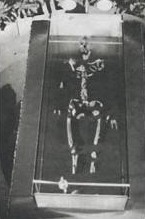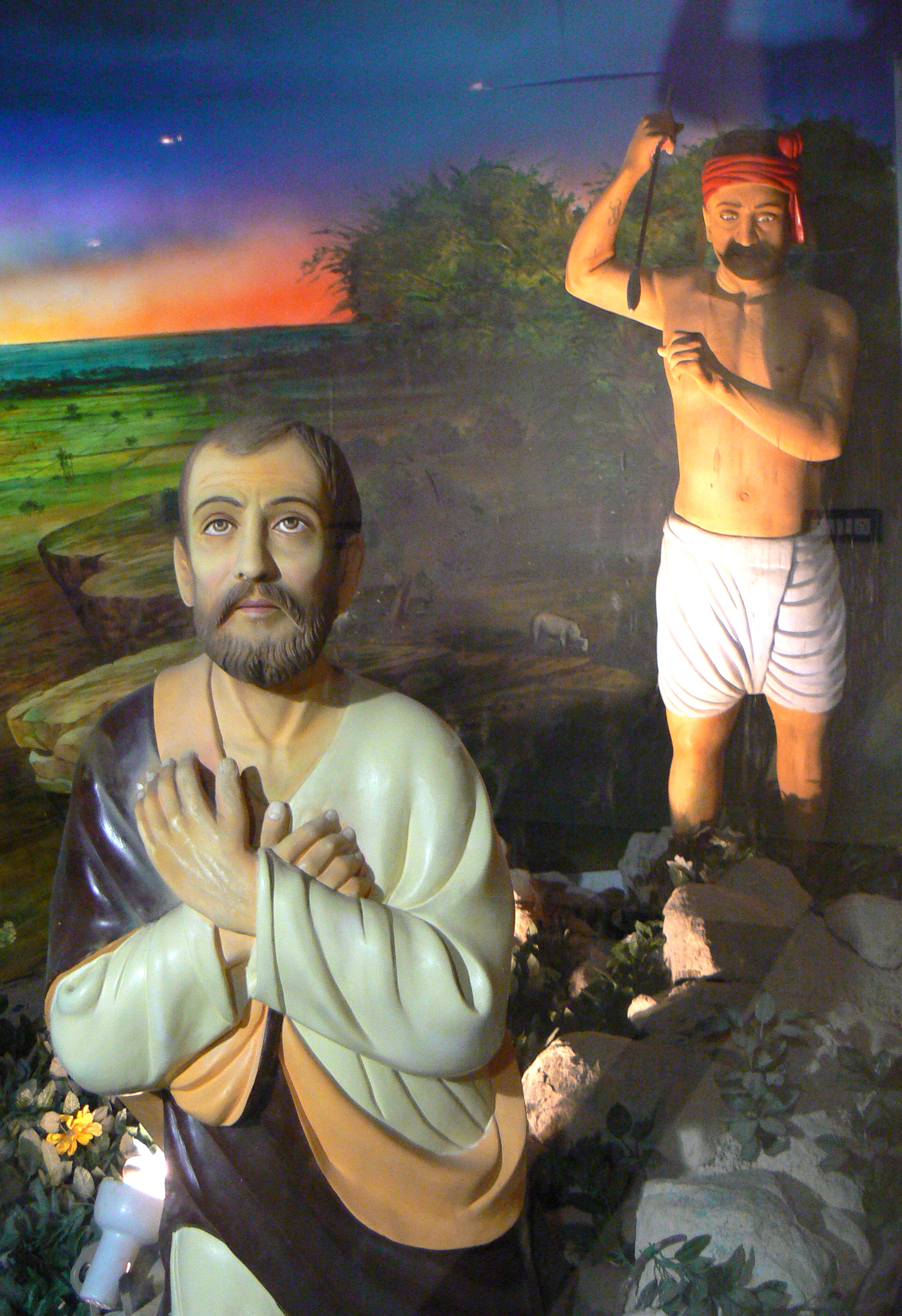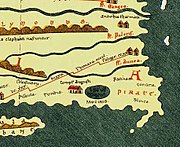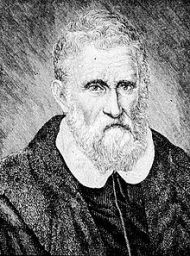› Every man prefers belief to the exercise of judgement. — Seneca
› To teach superstition as truth is a most terrible thing. — Hypatia
› Every formula of every religion has in this age of reason, to submit to the acid test of reason and universal justice if it is to ask for universal assent. — M. K. Gandhi
› The world has produced three great impostors: Moses, Jesus and Muhammad. — Frederick II of Sicily
› What have been Christianity’s fruits? Superstition, bigotry, and persecution. — James Madison
› Generally speaking the men who have written on India were a set of liars. — Strabo
› What India gives us about Christianity in its midst is indeed nothing but pure fables. — Alphonse Mingana
› The oriental ubiquity of St. Thomas’s apostolate is explained by the fact that the geographical term ‘India’ included the lands washed by the Indian Ocean as far as the China Sea in the east and the Arabian peninsula, Ethiopia, and the African coast in the west. — Leonardo Olschki
› The Nestorians of India venerated St. Thomas as the patron of Asiatic Christianity—mark, not of Indian Christianity. — Leonardo Olschki
› Christians must acknowledge the historical fact that from Bethlehem to Madras, most of their sacred sites are booty won in campaigns of fraud and destruction. — Koenraad Elst
› If we extend unlimited tolerance even to those who are intolerant, if we are not prepared to defend a tolerant society against the onslaught of the intolerant, then the tolerant will be destroyed, and tolerance with them. — Karl Popper


























